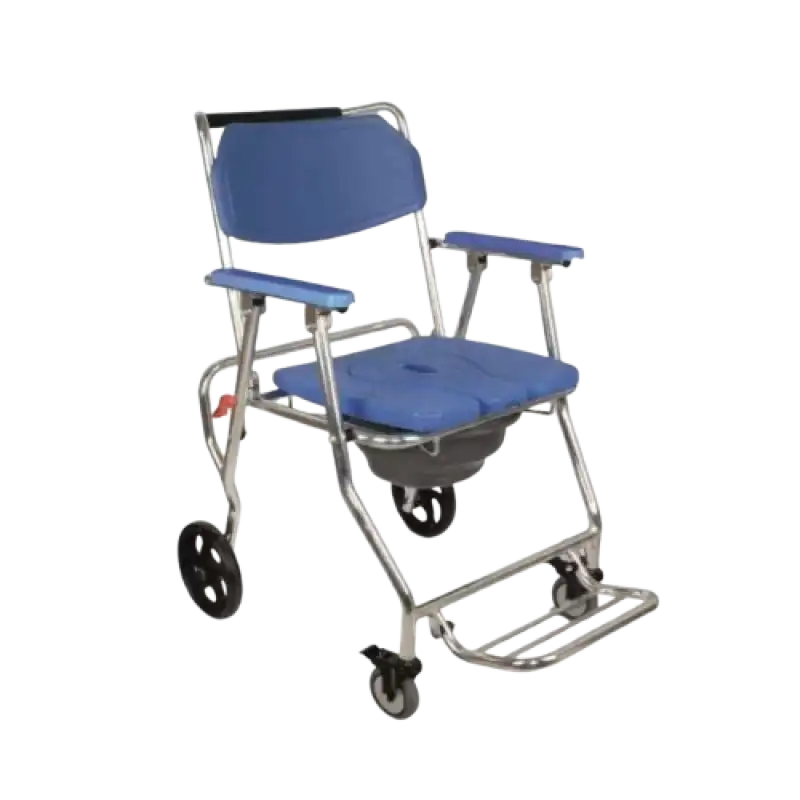Introduction
For patients recovering from surgery, those with chronic diseases, or older people who want more comfort and support, bringing a hospital bed into the home can be quite beneficial. The correct hospital bed choice will enhance comfort, safety, and simplicity of care. This guide will cover the main elements to take into account when choosing the ideal hospital bed for home use, so guaranteeing your informed decision fit for your particular requirements.
1.Identify the Patient's Requirements
Before choosing a hospital bed, evaluate the particular requirements of the individual who will be using it. Think about things including degree of independence, health issues, and mobility. Here is a list of typical demands and the related bed kinds:
- Adjustable Positioning: For patients who need support when sitting up, a bed with adjustable head and foot sections can prevent strain and make it easier to eat, read, or watch TV.
- Mobility Limitations: For those with limited mobility, electric beds with remote controls are ideal, as they allow patients to adjust the bed position independently.
- Safety Concerns: For patients prone to falling, beds with side rails offer added security and can prevent accidents during the night.
Identifying these needs early on will help you choose the most suitable hospital bed type, tailored to enhance the patient’s comfort and safety.
2. Choose Between Manual, Semi-Electric, and Full-Electric Beds
Hospital beds come in three main types: manual, semi-electric, and full-electric. Here’s a quick comparison to help you decide which is best:
- Manual Beds: These beds are adjusted by hand, using a crank system. They are typically the most affordable option but require physical effort to make adjustments, making them less ideal for caregivers or patients who need frequent position changes.
- Semi-Electric Beds: Semi-electric beds have electric controls for adjusting the head and foot sections but use a manual crank for height adjustments. They offer more convenience than manual beds and are budget-friendly, making them a popular choice for home use.
- Full-Electric Beds: Full-electric beds allow for complete adjustment via remote control, including head, foot, and height positions. This option is ideal for patients who need frequent adjustments, and it’s also the most convenient for caregivers. Full-electric beds tend to be pricier, but their ease of use often makes them worth the investment.
3. Consider Size and Space Requirements
Hospital beds come in various sizes, and it’s essential to choose one that fits both the patient’s comfort needs and the available space in your home. Here are some considerations:
- Bed Width: Most home hospital beds are 36 inches wide, but there are wider options available for patients who need extra space.
- Bed Length: Standard beds are typically 80 inches long, though some models offer extended lengths for taller individuals.
- Room Space: Measure the space where the bed will be placed to ensure it fits comfortably without restricting movement. Make sure there’s enough room for caregivers to access both sides of the bed.
Choosing the right size ensures that the bed fits well in your home and accommodates the patient comfortably.
4. Decide on Additional Features for Comfort and Safety
Modern hospital beds come with various features that can enhance patient comfort and caregiving ease. Here are some options to consider:
- Side Rails: Side rails provide extra safety by preventing accidental falls, especially for those who tend to move around at night. Many rails can also be folded or removed when not needed.
- Trendelenburg and Reverse Trendelenburg Positions: Some advanced beds allow for Trendelenburg positioning (where the bed tilts, elevating the legs above the heart) to improve circulation and reduce pressure on certain areas.
- Built-In Mattress Options: Some beds come with built-in pressure-relief mattresses to prevent bedsores for patients who spend long hours in bed. These mattresses help distribute pressure evenly and can significantly enhance comfort.
- Remote Control Functionality: Full-electric beds come with remote controls, allowing both the patient and caregiver to make adjustments with ease.
Adding these features may increase the bed’s price, but they can provide added peace of mind and improved quality of life for the patient.
5. Renting vs. Buying a Hospital Bed
Once you’ve narrowed down the type and features you need, consider whether renting or buying the hospital bed makes more sense:
- Renting: Ideal for short-term needs, renting allows you to save on costs while accessing high-quality equipment. Many rental providers offer maintenance services, and renting is often covered by insurance for temporary needs.
- Buying: For long-term or permanent use, purchasing a hospital bed may be more economical in the long run. You’ll have full control over the equipment and won’t need to worry about ongoing rental fees.
Discussing options with a healthcare provider or rental company can help you make the right decision based on your duration of need and budget.
Conclusion
A major choice affecting the comfort and safety of the patient and the simplicity of car for carers is selecting a hospital bed for home usage. You can choose a bed that exactly fits your needs by thinking about the patient's needs, bed type, size, extra amenities, and whether to rent or purchase. The correct hospital bed can make all the difference in providing efficient home care and raising your loved one's quality of life.
Explore hospital beds on Aarogyaa Bharat !












